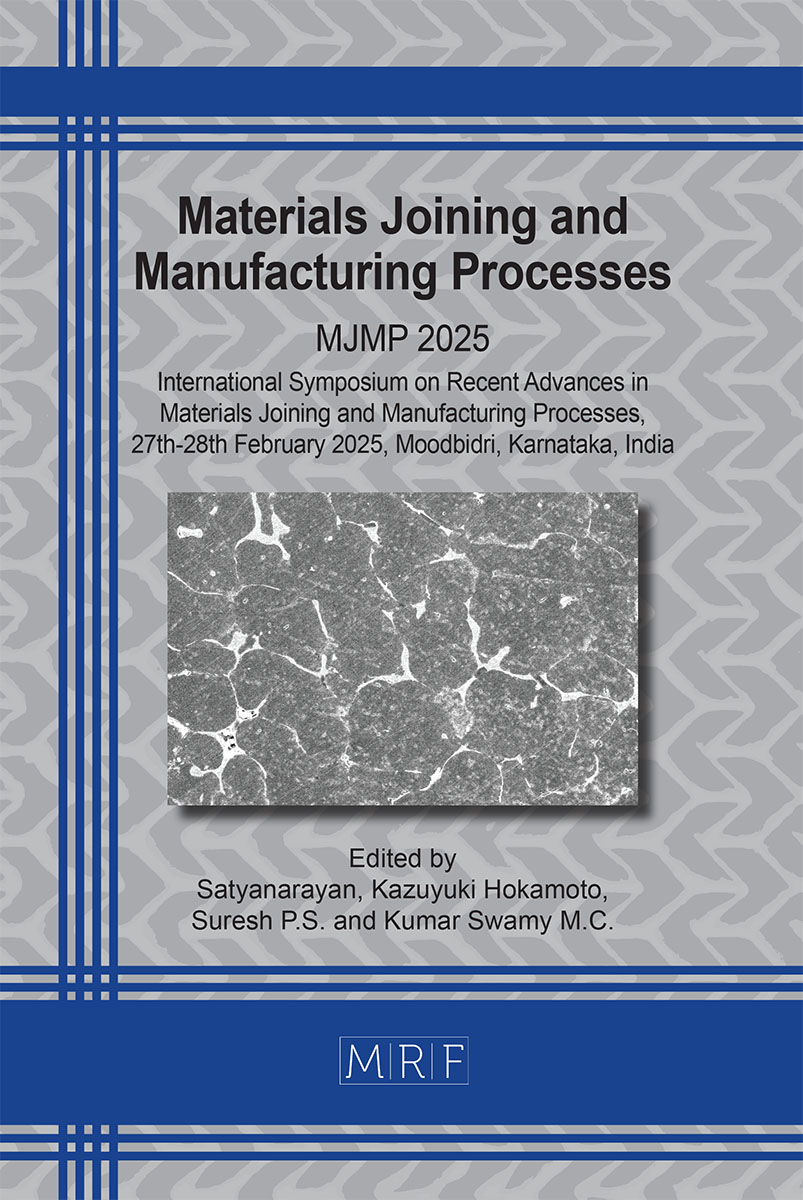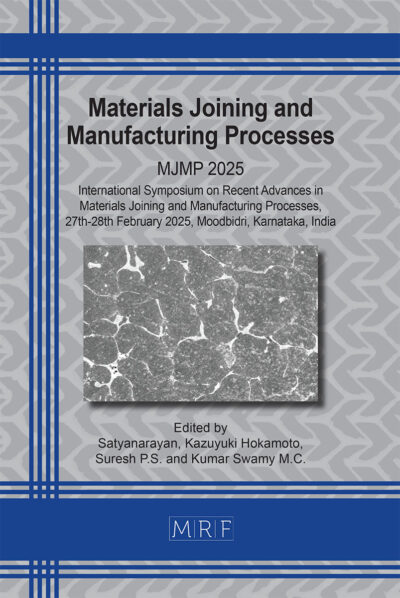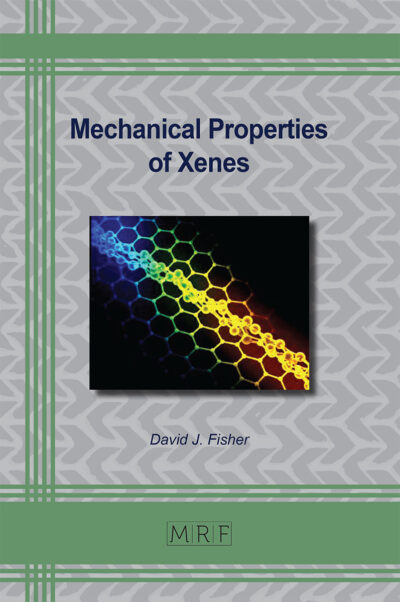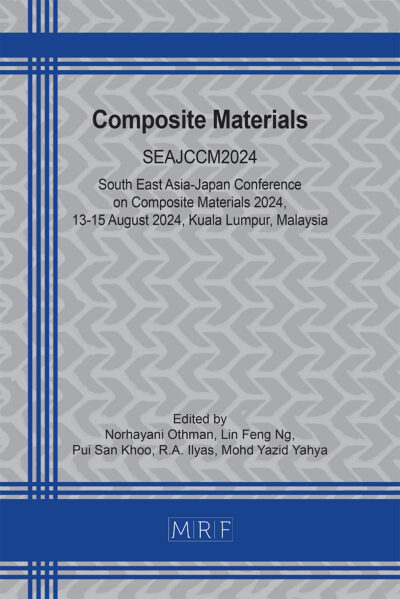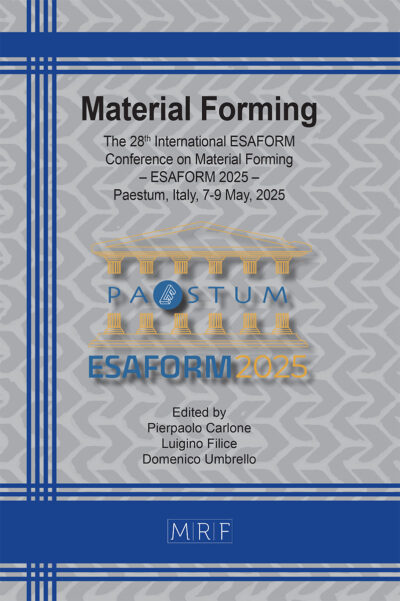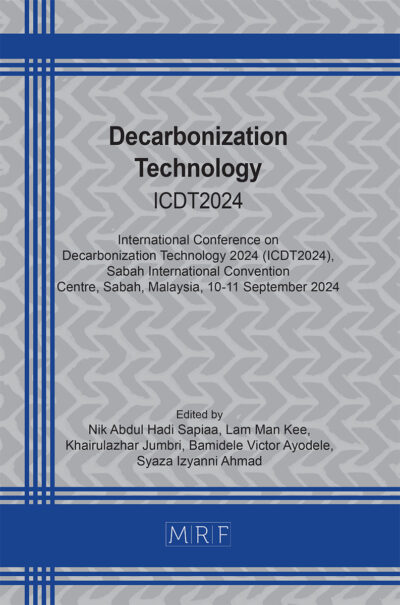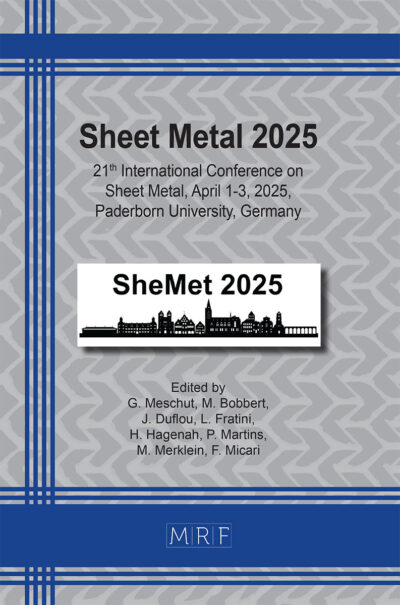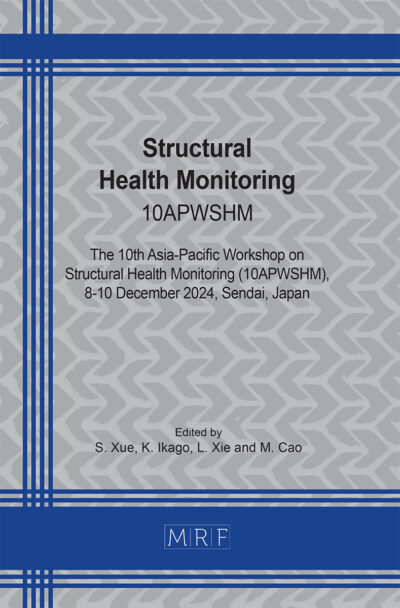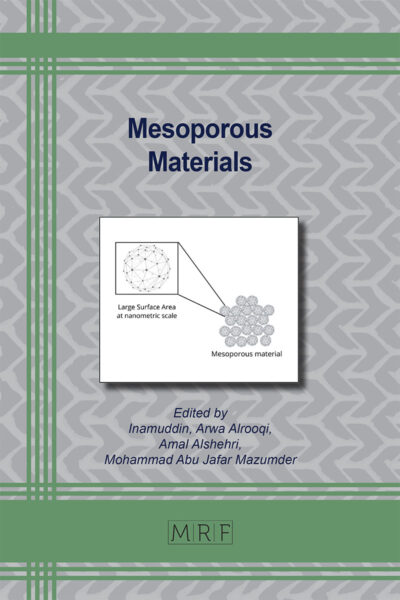Evaluating equipment-dependent forging behavior of aluminum alloy
Akash Mahato, Saurabh Shrivastava, Sujit Goswami, Suman Kumar Pandey, Rahul Ramesh Kulkarni
Abstract. Aluminum Alloy 6082, a member of the Al-Si-Mg series, is widely recognized for its excellent forgeability, making it a material of choice in critical applications such as the automotive and aerospace industries. This alloy is utilized in both cast and wrought forms, offering versatility in manufacturing processes. The present research investigates the influence of forging equipment on the microstructural evolution and hardness properties of AA6082. Experiments were conducted using different forging equipment, including a hydraulic press and a hammer, under both room temperature and warm temperature conditions. The study highlights the dependency of microstructure and hardness on the type of forging equipment employed, aiming to establish correlations between equipment-induced variations and the alloy’s mechanical performance. The findings provide valuable insights into optimizing forging processes for AA6082, ensuring enhanced performance in its intended applications.
Keywords
AA6082, Forging Equipment, Cold and Warm Forging, Structure-Property Correlation
Published online 6/1/2025, 6 pages
Copyright © 2025 by the author(s)
Published under license by Materials Research Forum LLC., Millersville PA, USA
Citation: Akash Mahato, Saurabh Shrivastava, Sujit Goswami, Suman Kumar Pandey, Rahul Ramesh Kulkarni, Evaluating equipment-dependent forging behavior of aluminum alloy, Materials Research Proceedings, Vol. 55, pp 34-39, 2025
DOI: https://doi.org/10.21741/9781644903612-6
The article was published as article 6 of the book Materials Joining and Manufacturing Processes
![]() Content from this work may be used under the terms of the Creative Commons Attribution 3.0 license. Any further distribution of this work must maintain attribution to the author(s) and the title of the work, journal citation and DOI.
Content from this work may be used under the terms of the Creative Commons Attribution 3.0 license. Any further distribution of this work must maintain attribution to the author(s) and the title of the work, journal citation and DOI.
References
[1] A. Heinz, A. Haszler, C. Keidel et al., Recent development in aluminium alloys for aerospace applications. Mater. Sci. Eng. A. 280(1) (2000) 102–107. https://doi.org/10.1016/S0921-5093(99)00674-7
[2] J. Hirsch, Recent development in aluminium for automotive applications. Trans. Nonferrous Metals Soc. China, 24(7) (2014) 1995–2002. https://doi.org/10.1016/S1003-6326(14)63305-7
[3] A. Ranjan, A. Kumar, R. Kulkarni, Studies on Annealing Kinetics of Cold Forged AA6082, In Dikshit MK, Soni A, Davim JP (eds) Advances in Manufacturing Engineering, Springer Nature, Singapore, 2022, 345-351. https://doi.org/10.1007/978-981-19-4208-2_24
[4] W. A. Monteiro, I. M. Espósito, R. B. Ferrari, S. J. Buso, Microstructural and mechanical characterization after thermomechanical treatments in 6063 aluminium alloy. Mater Sci Appl 2(11) (2011) 1529-1541. https://doi.org/10.4236/msa.2011.211206
[5] K. Strobel, M. A. Easton, L. Sweet, M. J. Couper, J. F. Nie. Relating quench sensitivity to microstructure in 6000 series aluminium alloys. Mater Trans 52(5) (2011) 914-919. https://doi.org/10.2320/matertrans.L-MZ201111
[6] J. R. Davis, Corrosion: Understanding the Basics. ASM International, 2000.
[7] A. R. Prabhukhot, K. Prasad, Effect of heat treatment on hardness of 6082-t6 aluminium alloy. Int J Sci Eng Res 6 (12) (2015) 38–42.
[8] A. R. Prabhukhot, effect of heat treatment on hardness and corrosion behaviour of 6082–t6 aluminium alloy in artificial sea water. Int J Mat Sci Eng 3(4) (2015) 287–294.
[9] E. Hennum, K. Marthinsen, U. H. Tundal, Effect of Microstructure on the Precipitation of β-Mg2Si during Cooling after Homogenisation of Al-Mg-Si Alloys, Metals 2024, 14(2), 215. https://doi.org/10.3390/met14020215
[10] G. R. Ma, X. L. Li, L. Li, X. Wang, Q.F. Li, Modification of Mg2Si morphology in Mg–9%Al–0.7%Si alloy by the SIMA process, Mat. Char. 62(3) (2011) 360-366. https://doi.org/10.1016/j.matchar.2011.01.006
[11] T. Ozkan, I. Tutuk, S. Acar, R. Gecu, K. A. Guler, Microstructural, hardness, and wear properties of Mg2Si-reinforced Al matrix in-situ composites produced by low superheat casting, Mat. Today Commun.38 (2024) 107937. https://doi.org/10.1016/j.mtcomm.2023.107937
[12] J. Carvill, Manufacturing technology, Mechanical Engineer’s Data Handbook (1993), 172-217.
[13] P. K. Ajeet Babu, M. R. Saraf, K. C. Voracious et al., Influence of forging parameters on the mechanical behaviour and hot forgeability of aluminium alloy. Mat. Today Proc. 2(4-5) (2015) 3238–3244. https://doi.org/10.1016/j.matpr.2015.07.132
[14] A. Kumar, R. R. Kulkarni, R. Ohdar, Towards understanding the behaviour of magnesium alloy during different forging processes: An overview (in press), Mat. Today Proc. (2023) DOI: https://doi.org/10.1016/j.matpr.2023.03.448
[15] N. Zhao, H. Ma, Z. Hu, Y. Yan, T. Chen, Microstructure and mechanical properties of Al-Mg-Si alloy during solution heat treatment and forging integrated forming process, Mat. Char. 185 (2022) 111762. DOI: https://doi.org/10.1016/j.jmatprotec.2022.117715
[16] N. Zhao , H. Ma , Q. Sun , Z. Hu , Y. Yan , T. Chen , L. Hua, Microstructural evolutions and mechanical properties of 6082 aluminium alloy part produced by a solution-forging integrated process, , J Mat. Proc. Tech.308 (2022) 117715. https://doi.org/10.1016/j.jmatprotec.2022.117715
[17] R. R. Kulkarni, V. L. Chakote, V. V. Shevale, Comparative Study on Microstructure Evolution during Cold Forging and Warm Forging in AA6082. NanoWorld J 9 (S1) (2023) S162-S165. DOI: 10.17756/nwj.2023-s1-033
[18] B. Hammer, M. C. Payne, Stacking fault energies in aluminium, J Phy.: Condensed Matter 4(50) (1999) 10453. https://doi.org/10.1088/0953-8984/4/50/033

